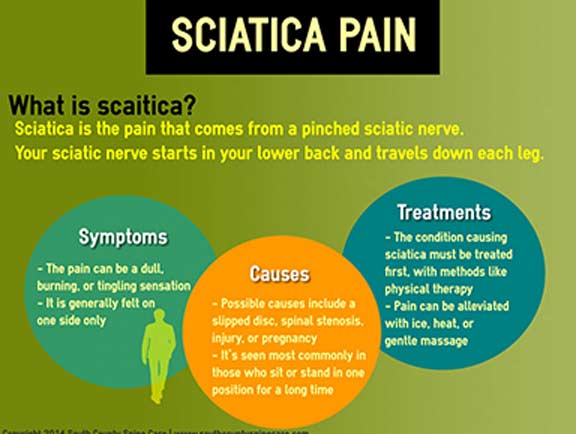Discover The Keys Behind Neck Pain And Just How Comprehending Cervical Spine Anatomy Can Assist You Find Alleviation
Discover The Keys Behind Neck Pain And Just How Comprehending Cervical Spine Anatomy Can Assist You Find Alleviation
Blog Article
Short Article By-Ellis Buckner
As you rest there, maybe really feeling an ache of pain in your neck, have you ever before stopped to consider the detailed frameworks that comprise your cervical back? Comprehending how private concierge alternative medicine doctor austin tx , discs, and nerves communicate in this area can clarify why neck discomfort can be so consistent and devastating. By discovering holistic doctors in austin tx of cervical spinal column composition and its effects for neck discomfort, you may reveal insights that might help you better manage or perhaps avoid those unpleasant aches and rigidity.
Relevance of Cervical Back Composition
Recognizing the importance of cervical back composition is essential in understanding the complexities of neck pain. The cervical back, composed of 7 vertebrae, plays a crucial duty in sustaining the head's weight and helping with motion. It houses the spinal cord, which sends messages between the mind and the rest of the body. Additionally, the cervical spine safeguards these fragile nerves and gives structural security to the neck region.
Moreover, the cervical back allows for a variety of movement, allowing you to transform your head, tilt it laterally, and nod backwards and forwards. Each vertebra has details functions and functions that add to the total flexibility and stability of the neck. Recognizing the composition of the cervical back can assist you realize just how injuries or degenerative problems in this region can cause neck pain and relevant symptoms.
Parts of the Cervical Back
When checking out the elements of the cervical spine, it becomes noticeable that its structure contains seven vertebrae, identified C1 to C7, stacked on top of each other. alternative md near me are essential as they offer support to the head and allow for a wide range of movement in the neck.
The topmost vertebra, C1, also called the atlas, supports the skull and allows the sluggish motion of the head. Directly under C1 is the C2 vertebra, called the axis, which enables the rotation of the head back and forth.
Moving down the cervical spinal column, each vertebra plays a crucial role in preserving the spinal column's flexibility and stability. Between each vertebra are intervertebral discs that function as paddings, soaking up shock and preventing the vertebrae from scrubing versus each other.
Understanding the components of the cervical back is essential in understanding just how the spinal column functions and its possible impact on neck pain.
Relationship Between Spinal Column and Neck Discomfort
The link between the spine and neck pain is an essential element of understanding bone and joint pain. Your spine, specifically the cervical area, plays a considerable role in supporting your head and enabling numerous movements. When there's a problem in the spinal column, such as a herniated disc or imbalance, it can directly influence the surrounding tissues and nerves, causing neck discomfort. Poor position, injuries, and degenerative problems can all add to spine-related neck discomfort.
It's important to recognize that the spine and neck function as a natural system. Any problems or discrepancies in the spinal column can create stress on the neck muscular tissues and ligaments, causing discomfort and tightness.
Verdict
Now that you have a standard understanding of cervical spinal column anatomy and its link to neck discomfort, you can better value the complexities of your own neck pain. Remember, the health of your cervical spinal column plays a vital duty in supporting your head and assisting in movement, so it is essential to care for it through correct stance, workout, and regular exams with a health care expert. Keep notified and positive regarding your spine health to avoid and manage neck discomfort properly.
